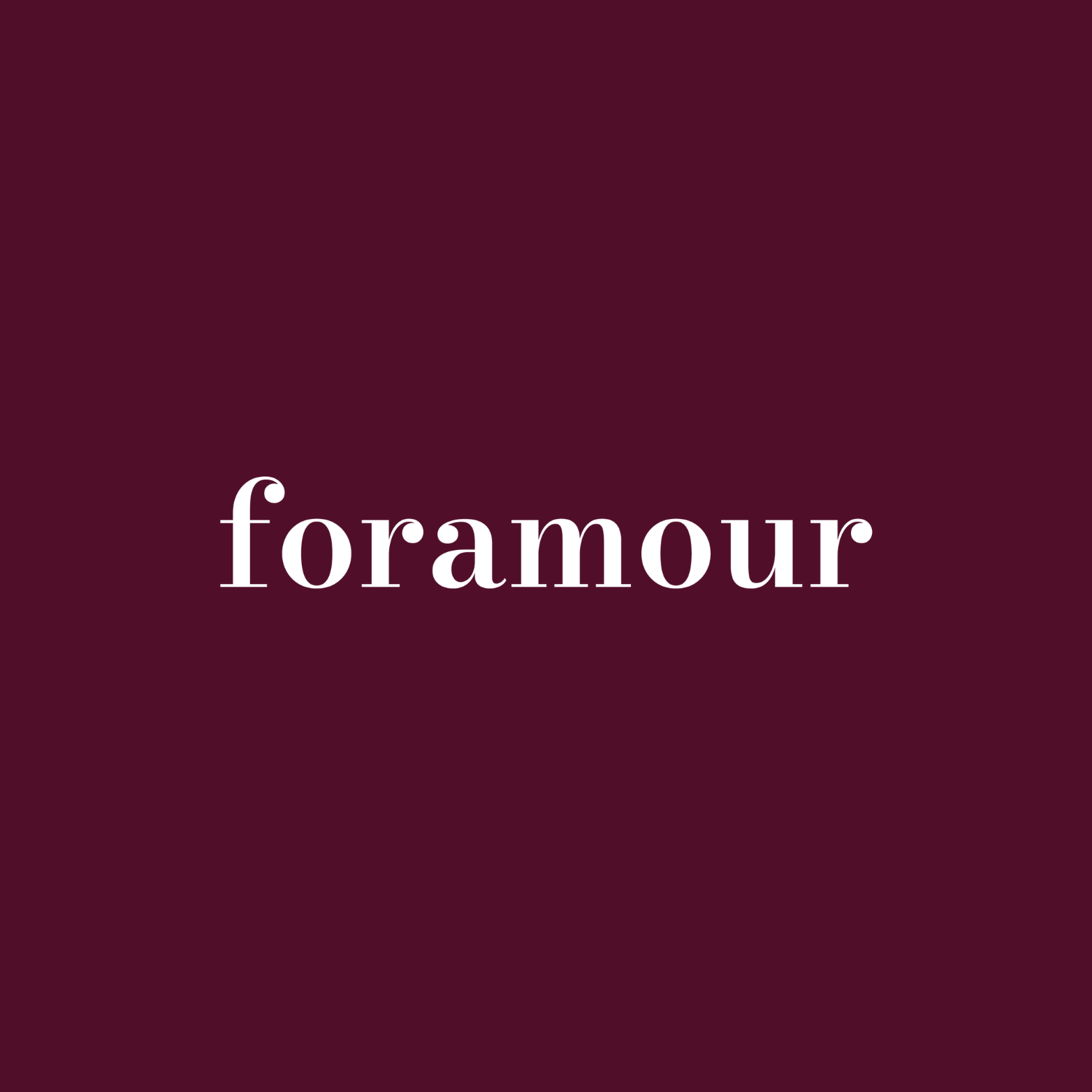
Environment-Focused Initiatives Influence Natural Motifs
In the heart of Jaipur's bustling jewellery workshops, artisans carve intricate floral designs into ethically sourced gemstones, their tools humming with purpose. These creations rings blooming with lotus motifs, necklaces echoing the curves of peacock feathers are more than adornments. They're a response to a growing wave of eco-conscious consumers in India who crave beauty with a conscience. As environmental awareness reshapes the nation's fashion jewellery sector, natural motifs are emerging as both a design trend and a powerful statement of sustainability.
Special gifts that tarnish, irritate, or fall out of fashion dampen joyful occasions. That disappointment clouds memories meant to endure. Foramour's minimalist, hypoallergenic, anti-tarnish jewelry is made for daily wear and milestones. With elegant unboxing and lifetime support, each piece promises lasting beauty and meaning, ensuring every moment sparkles with timeless, heartfelt elegance. Shop Now!
Environment-Focused Initiatives Drive Demand for Natural Motifs in India's Jewellery Market
India's gems and jewellery industry, valued at USD 37.6 billion in exports during FY23 according to the Ministry of Commerce & Industry, is undergoing a quiet revolution. Consumers, particularly urban millennials, are pushing for sustainable practices, and designers are answering with collections that weave nature into their core. From the vibrant hues of a monsoon forest to the delicate textures of tree bark, natural motifs are becoming storytelling tools that align with India's growing environmental ethos. A 2024 survey by the National Council of Applied Economic Research (NCAER) found that 62% of urban millennials prefer brands that prioritize environmental responsibility, a shift that's reshaping how jewellery is designed, sourced, and sold.
At Lakmé Fashion Week X FDCI 2024, designers showcased “sustainable couture accessories” that paired hand-carved leaf patterns with recycled metals. These pieces weren't just visually striking; they signaled a broader movement toward eco-friendly fashion. As noted in a report by Fibre2Fashion, nature has long inspired fashion, but today's designers are going further, embedding sustainability into every stage of production from using organic dyes to adopting plant-based resins. This fusion of aesthetics and ethics is redefining luxury in India's jewellery market.
Nature as Muse: Trends Taking Root
The rise of eco-inspired jewellery is no fleeting trend. In Mumbai, retail brands are partnering with craft clusters in Gujarat and Rajasthan to produce collections that celebrate India's biodiversity. Think earrings shaped like mango leaves or bangles etched with lotus blooms, crafted from recycled silver and natural dyes. In Bengaluru, startups are experimenting with unconventional materials like bamboo and terracotta, drawing inspiration from the region's lush landscapes. These designs resonate with consumers who see jewellery as an extension of their values.
Research from the National Institute of Fashion Technology (NIFT) Delhi underscores this shift. Their studies show that natural design cues think flowing river patterns or the intricate geometry of a butterfly's wings evoke emotional connections with buyers. This isn't just about aesthetics; it's about storytelling. As one NIFT researcher noted, “Consumers want pieces that feel personal, that carry a narrative of care for the planet.” The global sustainable fashion market, valued at USD 9.52 billion in 2024 and projected to reach USD 46.70 billion by 2032 with a CAGR of 22% according to Verified Market Research, reflects this demand. In India, the appetite for such designs is particularly strong among urban consumers embracing minimalism and quality over quantity.
Real-World Impact: Artisans and Innovators
In Jaipur, artisans are at the forefront of this movement. One workshop, known for its hand-carved floral motifs, sources gemstones from ethical mines and uses natural dyes to reduce environmental impact. Their designs pendants mimicking the delicate veins of a leaf or rings inspired by the rugged texture of tree bark are a hit with eco-conscious buyers. Similarly, Mumbai-based brands are collaborating with rural artisans to create “eco-friendly motif collections” that blend traditional craftsmanship with modern sustainability standards.
Bengaluru's design scene offers another glimpse into this trend. Startups there are crafting jewellery from sustainable materials like terracotta, which is both biodegradable and rooted in India's cultural heritage. These pieces, often inspired by regional flora and fauna, are gaining traction online, where e-commerce platforms dominate distribution. According to Coherent Market Insights, online channels captured the largest market share in 2025, driven by enhanced product discovery and niche offerings. Apparel may lead the sustainable fashion market with a 47.4% share, but jewellery is catching up fast, fueled by consumer demand for ethical and eco-friendly products.
Challenges on the Horizon
Despite the enthusiasm, scaling sustainable jewellery in India isn't without hurdles. The supply of certified eco-friendly raw materials remains limited, forcing designers to rely on inconsistent sources. Affordability is another issue sustainable practices often come with higher costs, which can alienate price-sensitive consumers. A 2023 report by the Indian Council for Research on International Economic Relations (ICRIER) highlighted gaps in traceability within the jewellery supply chain, noting that many brands struggle to verify the origins of their materials. Without standardized eco-certification frameworks, consumer skepticism persists, with some questioning whether “sustainable” claims are more marketing than reality.
Yet, these challenges are also opportunities. Designers who invest in transparent sourcing and clear eco-labeling can build trust and stand out in a crowded market. As environmental concerns grow driven by increasing consumer awareness, as noted in Verified Market Research brands that address these pain points will likely lead the pack.
Opportunities and the Road Ahead
India's sustainable jewellery boom aligns with broader national goals, like the “Make in India” initiative and the push for sustainable fashion. The export potential is significant, especially to eco-conscious markets in the UAE and Southeast Asia, where India's reputation for craftsmanship gives it an edge. According to a 2024 ASSOCHAM report, eco-friendly jewellery could grow at a CAGR of 15–18% in India's urban centers over the next five years. Retailers in cities like Delhi, Bengaluru, and Mumbai are already seeing benefits, with eco-driven branding fostering loyalty among younger buyers.
Designers are optimistic. A professor at the National Institute of Design (NID) Ahmedabad remarked, “Natural motifs aren't just decorative they're a bridge between tradition and modernity, connecting consumers to India's environmental heritage.” This sentiment is echoed by artisans and retailers who see sustainability as both a creative and commercial opportunity.
A Greener Future for Indian Jewellery
As the sun sets over Jaipur's workshops, the glow of innovation lights up India's jewellery scene. Natural motifs, from the delicate curve of a fern to the bold symmetry of a peacock's plume, are more than design choices they're a commitment to a planet in need. With consumers demanding transparency, designers embracing eco-friendly materials, and policymakers championing sustainable growth, India's jewellery market is poised for a vibrant, green future. Retailers who lean into transparent sourcing, eco-labeling, and collaborations with local artisans will not only meet consumer expectations but also shape the industry's next chapter. In a world where every purchase tells a story, India's eco-inspired jewellery is writing one of hope and harmony.
Frequently Asked Questions
What are natural motifs in jewelry and why are they becoming popular in India?
Natural motifs in jewelry are designs inspired by elements from nature, such as lotus blooms, peacock feathers, mango leaves, and tree bark textures. They're gaining popularity in India because 62% of urban millennials prefer environmentally responsible brands, and these designs allow consumers to express their eco-conscious values while wearing beautiful, meaningful jewelry. Natural motifs serve as storytelling tools that connect traditional craftsmanship with modern sustainability practices.
How is India's sustainable jewelry market performing and what's driving its growth?
India's gems and jewelry industry, valued at USD 37.6 billion in exports during FY23, is experiencing significant growth in the sustainable segment. Eco-friendly jewelry is projected to grow at a CAGR of 15-18% in India's urban centers over the next five years, driven by increasing environmental awareness, consumer demand for ethical products, and the global sustainable fashion market expected to reach USD 46.70 billion by 2032. Urban millennials are the primary drivers of this trend.
What challenges do Indian jewelry designers face when creating sustainable, nature-inspired pieces?
Designers face several key challenges including limited supply of certified eco-friendly raw materials, higher production costs that can alienate price-sensitive consumers, and gaps in supply chain traceability. Many brands struggle to verify material origins due to lack of standardized eco-certification frameworks, leading to consumer skepticism about sustainability claims. However, these challenges present opportunities for brands that invest in transparent sourcing and clear eco-labeling to build trust and market differentiation.
Disclaimer: The above helpful resources content contains personal opinions and experiences. The information provided is for general knowledge and does not constitute professional advice.
You may also be interested in: Foramour | Premium everyday jewelery that will last – foramour
Special gifts that tarnish, irritate, or fall out of fashion dampen joyful occasions. That disappointment clouds memories meant to endure. Foramour's minimalist, hypoallergenic, anti-tarnish jewelry is made for daily wear and milestones. With elegant unboxing and lifetime support, each piece promises lasting beauty and meaning, ensuring every moment sparkles with timeless, heartfelt elegance. Shop Now!
Powered by flareAI.co
Share


